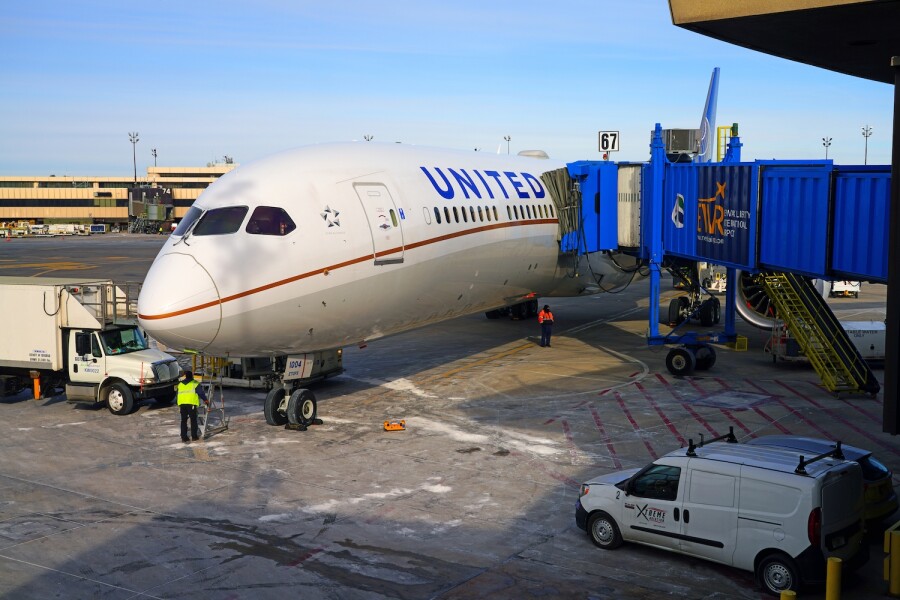It’s getting hard to keep track of which airline is cutting back on which flights to and from where. But the latest move from United Airlines is specific to one major hub: Newark Liberty International Airport in New Jersey.
United recently confirmed that it will be proactively removing 50 departures per day, or 12 percent of its Newark schedule, from its Newark lineup starting on July 1.
“We have the planes, pilots, crews, and staff to support our Newark schedule,” United said in a memo to its employees that was shared with AFAR. But “this schedule action will help minimize excessive delays and improve on-time performance—not only for our customers, but for everyone flying through Newark.”
In an interview with CNN last week about the issue, United chief executive Scott Kirby explained that the challenge at Newark in particular is congestion and air traffic control staffing.
There are “more flights scheduled in Newark, for example, than there is capacity at the airport, even on a perfect blue-sky day, and air traffic control is understaffed and because of that, there [are] just more flights than the airport can handle,” Kirby told CNN.
Consequently, United contacted the Federal Aviation Administration (FAA) and received a waiver allowing the carrier to temporarily adjust its schedule at Newark for the remainder of the summer. United said that it doesn’t anticipate any schedule changes at its other six domestic hubs this summer.
The hope is to revert to a full schedule from Newark as soon as possible, United stated in its memo to employees, though no precise timeline for when that would happen was provided.
The airline called on all carriers, not just United, to help mitigate the congestion at Newark.
The move comes at a time when it seems like weekly, if not daily, another airline announces service cuts or there are reports of air travelers facing an onslaught of cancellations and delays. American Airlines last week confirmed that effective September 7, it will be ending service to four U.S. cities due to the lack of necessary pilots. That came after JetBlue Airways announced that it would be proactively slashing its summer schedule by 10 percent in order to “add more buffer room throughout the day to make up for operational disruptions and put less stress on its crew resources,” according to a statement from JetBlue president Joanna Geraghty.
Alaska Airlines also cut its flights through June by about 2 percent in an effort to minimize disruptions, and Southwest Airlines trimmed around 8,000 flights from its June schedule, after axing 14,500 flights from March through May.
But the disruptions have been continuing despite these efforts—thousands of flights were canceled over Juneteenth weekend alone as travelers brace for a turbulent summer of air travel ahead. And the problems aren’t isolated to this side of pond, with Europe air travelers experiencing chaos this summer as well.
In his interview with CNN, Kirby noted that he’s frustrated “that the customer experience is backsliding for things that are a lot of times outside of our control.”
He also addressed the fact that industry-wide, “there is a real pilot shortage. And regional airlines and low-cost airlines are going to very much struggle to hire enough pilots.”
“What we as a whole industry need to do, however, and we need the help of our government, is get the system back to running normally because this is really frustrating for customers,” said Kirby. He added that the focus for the coming months needs to be “to build a resilient system that can handle these increases in demand. . . . Airlines can’t do that alone, in fact, we almost need the governments more than we need ourselves to help.”








